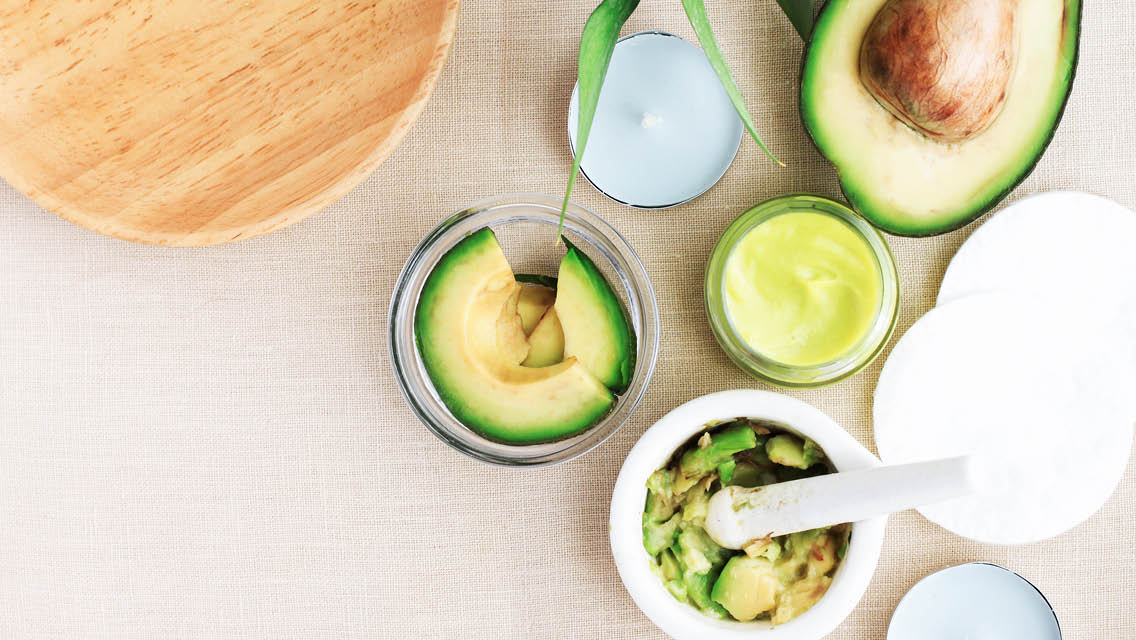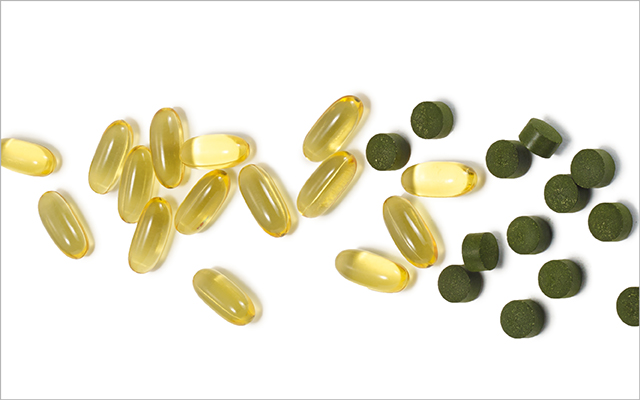Many folks tend to demonize fat and lump all varieties in the same category. But, not all fats are created equal. Long-chain omega-3 fatty acids — the most common being EPA and DHA — tamp down inflammation, which is at the root of most chronic diseases, especially those that strike the heart and the brain. (Hydrogenated fats, on the other hand, promote inflammation.)
In 2013, a Harvard study found that people with the highest blood levels of EPA and DHA cut overall mortality by 27 percent and mortality from heart failure by 35 percent. By fighting inflammation, says Michael Wald, PhD, ND, director of nutritional services at Integrated Medicine of Mount Kisco, N.Y., omega-3s can “lower your chances for depression and dementia, reduce cancer and diabetes risk, and improve joint health.”
Reasons for Omega-3 Deficieny:
Humans evolved on a diet rich in cold-water fatty fish, such as wild salmon, sardines, and mackerel, as well as grass-fed meats. Today, few people regularly consume these sorts of omega-3-rich foods. The standard American diet compounds the deficiency because it contains a glut of grain-fed meats and cheap vegetable oils that have a lot of pro-inflammatory omega-6 fats.
“High amounts of omega-6s crowd out omega-3s in the body and make them less effective.”
“High amounts of omega-6s crowd out omega-3s in the body and make them less effective,” Wald says. (So even if you pop fish-oil pills, your everyday diet could negate their positive effect.) The typical American diet has a ratio of omega-6s to omega-3s hovering between 10:1 and 20:1. Wald says it needs to be much closer to even for optimal health. While an official DHA and EPA recommendation remains elusive, a recent British Journal of Nutrition study determined that 250 milligrams a day is the minimum amount needed to confer protection from cardiovascular disease. Wald, who takes a holistic approach, believes “the optimal dose could be up to 1,000 milligrams of DHA and EPA combined a day,” depending on your individual health history.
Foods that Contain Omega-3 Fatty Acids:
Boost your DHA and EPA levels by eating a few servings of fatty fish each week. Pasture-raised meats and eggs are also good sources of omega-3s. Vegetarians and vegans can nosh on seeds — such as chia, hemp, and flax — as well as walnuts. But the type of omega-3 fat in these foods, called alpha-linolenic acid (ALA), is not as potent as the longer-chain DHA and EPA forms found in seafood, says Wald.
Because of the critical importance of the omega-3 fats, Wald often nudges his patients (both vegetarians and meat-eaters) toward supplementation. When looking for a fish-oil supplement, be sure to consult a medical expert and sites like ConsumerLab.com, which conducts independent testing of supplements, in order to find a supplement that is free of mercury contamination. (Vegetarians and vegans can turn to an algae-based omega-3 supplement.)
This was excerpted from “5 Critical Nutrients and What Happens to Your Body When They’re Missing.”





This Post Has 0 Comments